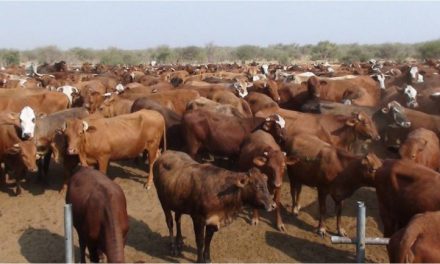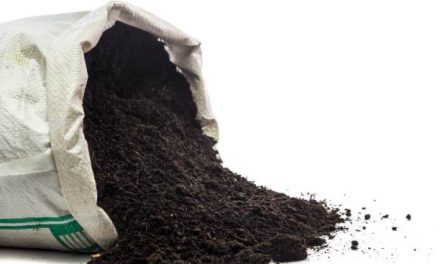
Drought and levies impact cereals
Three senior delegates from the Agronomic Board recently attended the Grain SA conference in South Africa where the status of cereal production and the level of maize stocks were discussed.
Agronomic Board CEO, Christof Brock, accompanied by the board’s White Maize and Wheat manager, Antoinette Venter, and Vice Chair, Andre Compion, attended the annual conference where the focus is on the production and availability of staples, especially white maize.
“The drought in South Africa and how it has impacted production is extremely bad” said Brock. “We were given presentations that illustrate how badly the different production areas have been affected and it is clear that South Africa will be importing about 1.1 million tonnes of maize to meet its own needs as well as those to whom they regularly export,” he stated.
In normal years South Africa produces enough grain for its own needs as well as for export to neighbouring countries. Factored into the 1.1 million tonnes is what South Africa will need to meet its own demand plus the demand from countries to which it normally exports. Namibian millers normally procure a significant volume of white maize from South Africa annually while Zambia and Malawi that do not normally have to import white maize now have no choice but to do so.
Under the current circumstances, these sporadic importers will need to import much larger volumes than Namibian millers and South African suppliers are faced with prioritising their supply to Namibian millers whose needs are smaller yet whose annual patronage is constant, consistent and loyal versus a supply of much higher volumes to countries that normally do not import.
Namibia’s annual imports from South Africa to meet national consumption has resulted in a streamlined and effective distribution chain from producers to millers and finally to consumers.
This includes import permits to millers, the smooth operation of grain carriers and logistics that support the grain sector, the effective storage of grain and the milling, packaging and supply of the processed product for retail. For countries that do not import as frequently, this kind of smooth process flow could prove to be a challenge and affects how quickly processed product is made available for consumption.
Under normal conditions, local producers of white maize grow half of national demand. Irrigated crops and dryland crops contribute about 50/50 to the total maize harvest. During a normal year, Namibia produces an average of 65,000 tonnes. While production under irrigation is anticipated to yield only slightly less this year, the total harvest is estimated at 45,000 tonnes. This number has been adjusted recently up from 37,000 and is in line with an anticipated slight increase in yield due to late rains that have led to a more optimistic outlook by dryland producers.
Nevertheless, this pushes up the import requirement from 85,000 tonnes during a normal year to 135,000 to meet consumer demand for the rest of 2016 and the first quarter of 2017.
Despite the reduced local production, millers are confident that they will secure enough white maize from South Africa to fulfil their milling needs after local production has been processed.
There is also the option for some of the larger millers to import white maize direct from other countries through Walvis Bay bypassing the supply from South African producers and importers.
The international price of white maize is determined by so-called futures, mostly traded in the United States on the Chicago Board of Trade but there are also some agricultural commodities exchanges in other financial centra, however futures here typically follow the Chicago benchmark.
For Namibian importers, it poses a complex pricing problem since the cost of maize in South Africa is based on export parity meaning the domestic price of maize is determined by what exporters would earn when they export South African maize to other markets.
However, once a country is forced to import maize from an origin outside the Southern African Customs Union, the price is quoted in US Dollar. With the very weak Rand, this obviously has a negative impact on the cost of imported maize. Additionally, imported maize carries a bigger transport ticket, adding to the landed cost. The domestic cost of milling remains the same.
In Namibia, cereal prices are further impacted by the 5% grain import levy on wheat and maize, the import VAT on wheat plus the 1.5% general import levy. Bread is therefore more than 20% more expensive than in South Africa due to government levies. Ultimately, the consumer pays for this.












































